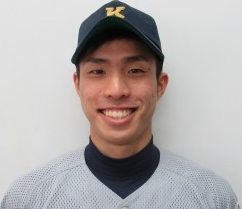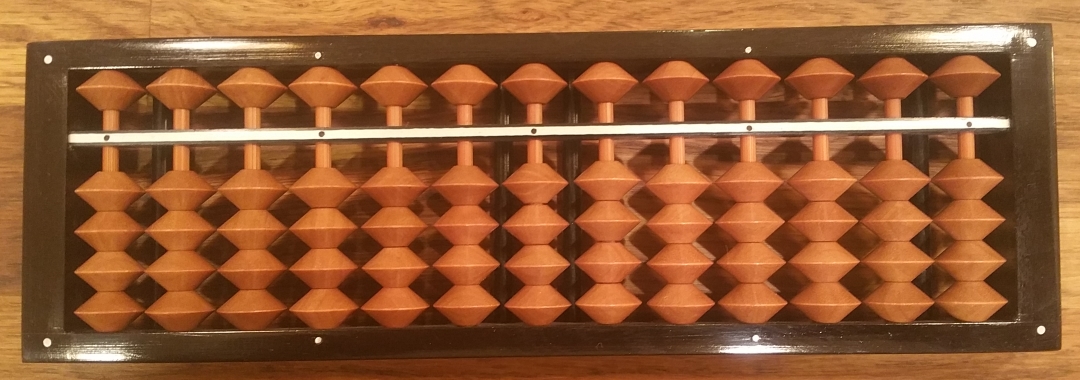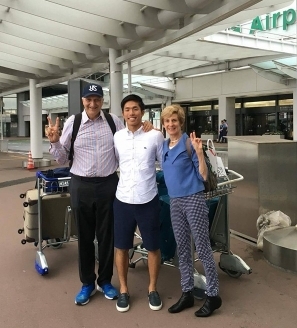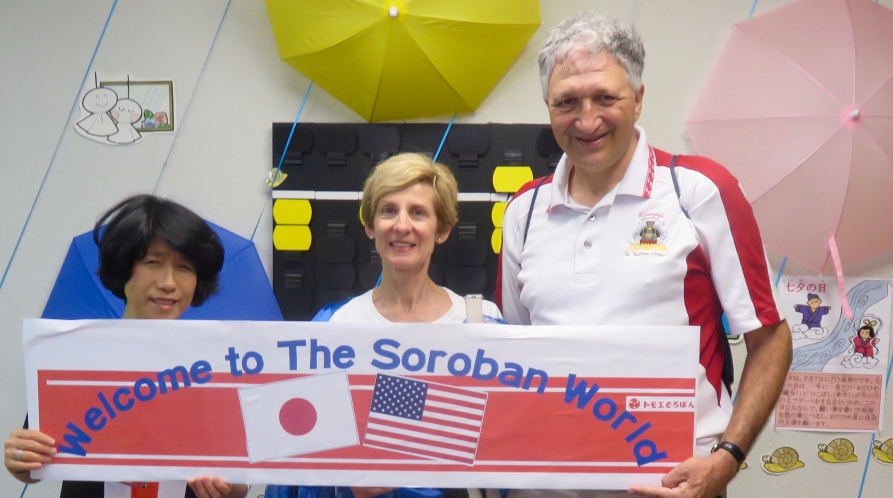We have had many unexpected experiences in Japan. Perhaps as unexpected as any of them was out visit to the Tomoe Soroban Company. Soroban (そろばん) is the Japanese word for abacus, the ancient calculating device that began in Mesopotamia as long ago as 2700 BC (before computers).
 How did this happen? Well, we have had almost no bad meals in Tokyo, but one day, we were in a rush and out of breakfast groceries and we ended up in a local restaurant that serves “English and Turkish breakfast”. It wasn’t so good, but we happened to sit next to two young Japanese. One of them, Yohei, spoke particularly good English. He turned out to be a college student, a senior at Keio University, a large and prestigious Tokyo university. He pitches for their baseball team. Both he and his friend Wako were charming. We talked about sports and he invited us to go to a soccer game at Ajinomoto Stadium, home of the Japan national team and also FC Tokyo. (Yohei is a great name for a baseball player – I told him his nickname should be the Yo Hei Kid, after Willie Mays, the Say Hey Kid.)
How did this happen? Well, we have had almost no bad meals in Tokyo, but one day, we were in a rush and out of breakfast groceries and we ended up in a local restaurant that serves “English and Turkish breakfast”. It wasn’t so good, but we happened to sit next to two young Japanese. One of them, Yohei, spoke particularly good English. He turned out to be a college student, a senior at Keio University, a large and prestigious Tokyo university. He pitches for their baseball team. Both he and his friend Wako were charming. We talked about sports and he invited us to go to a soccer game at Ajinomoto Stadium, home of the Japan national team and also FC Tokyo. (Yohei is a great name for a baseball player – I told him his nickname should be the Yo Hei Kid, after Willie Mays, the Say Hey Kid.)
A few weeks later, Yohei and Wako picked us up and off we went to the game. Since the only food was KFC and Fiona doesn’t eat meat, after the game we ended up having a terrific dinner together in a great izakaya in Roppongi. There, over some utterly delicious sashimi, we learned that Yohei’s mother, Tomoe, is the CEO of the Tomoe Soroban Company, Japan’s leading maker and seller of abaci. (The company was founded many years ago by Tomoe’s father and named after her.) And his mother extended a compelling invitation to visit the company. So, off we went a few days before our return to LA, to the company’s Yotsuya headquarters.

After a warm welcome, we were ushered into a classroom where we learned how to use a Japanese abacus (photo to come later). Unlike the Chinese ones you may have seen, which have two and five beads per row, the Japanese version has one and four. And it works! If you’d like to see how, and also learn why the Chinese ones have more beads – take a look!! There are plentiful resources on the web to learn how to do more complicated tasks than mere addition and subtraction. Michael and Fiona come at this from very different perspectives – Michael is the numbers person in the family who can’t remember images, Fiona the artist who can remember artwork and landmarks but has a less friendly relationship with numbers. But both of us were able to master the basics within a few minutes. And we were given an abacus as a memento, on which Michael at least is refining his skills, slightly concerned that he will learn the abacus faster than he is learning Japanese.
 And after our visit, our gracious hosts took us out to something that all can enjoy without regard for their prowess on the abacus or its slower rival, the electronic calculator – soba and dashi!
And after our visit, our gracious hosts took us out to something that all can enjoy without regard for their prowess on the abacus or its slower rival, the electronic calculator – soba and dashi!
When our visit to Japan came to an end a few days later, Yohei drove us all the way to Narita. The kindness we have received in Japan extended to our very last hours there.
